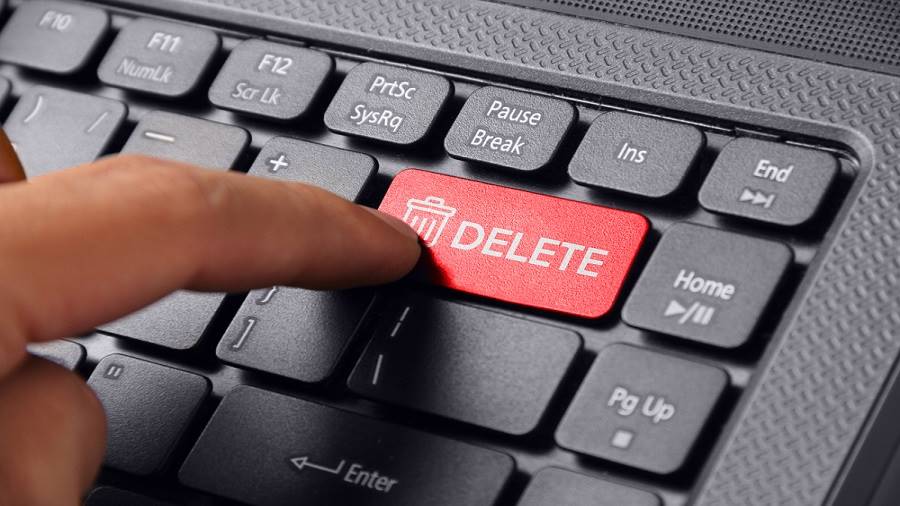Most of us get rid of our old smartphones or computers by handing it down to our children, friends, employees, or we donate or sell them. But we often forget a critical step before we dispose of them.
One researcher went from office to office buying old computers, memory cards and phones. He was astounded to find that he could retrieve over 2 lakh images, 3,500 documents and almost 1.5 lakh confidential emails from the 85 devices he picked up. He even found credit card details from scanned images and passport numbers. There seems to be something seriously wrong here because the files were apparently deleted. How then did he retrieve all this data?
When a file is deleted, Windows removes the file’s link and marks the space as free. The files still exist on the hard drive until overwritten by new data. These days the size of hard drives goes into terabytes, and it could be a while before a file is overwritten and gone for good.
On mobile devices, the flash memory keeps these deleted files until it needs to open up storage space for something new. When you delete something it merely “deindexes” it. This means it is still on the phone but the Android operating system does not know where or what it is.
All you need is another software that will find the data and decode it. This is exactly how digital forensic detectives retrieve texts and images that have been apparently deleted from a phone. They can retrieve SMSes, call history, emails, notes, contacts, calendar events, photos and videos.
If you have deleted something recently, it is unlikely to be overwritten. These bits of data will still be around and powerful tools and utilities available on the Internet will be able to get them back. It is a time-consuming process with a lot of steps, but it can be done. Something deleted months ago on your phone will probably be overwritten and not be retrievable.
On Apple’s iOS devices, things work a little differently to keep your information safe. When you delete something, the operating system “deindexes” the data, and also encrypts it. Nothing in the world can as yet de-encrypt that data.
What you should do
If you just want to junk your old devices, do it the old fashioned way. Hammer it to bits, pour acid over it or just put it in an incinerator that is used for burning waste material at high temperatures until it is reduced to ash.
If you intend to sell or donate the old device, you have to be more careful because you don’t want some stranger to see your entire digital life.
For Android phones, go to Settings—Backup & Reset—Factory data reset. Tap on Reset phone. Enter your passcode and Erase everything. Reboot the phone after you are done. Different models have the reset option in different places depending on the Android version. Go to Settings to find it. The crucial thing to remember is to do a factory reset.
On iPhones, go to Settings—General—Reset. Tap on Erase All Content and Settings. Enter your passcode or Apple ID password and confirm that you want to erase everything on your phone. It takes a few minutes to erase your information completely.
Correctly erase computers
If you are getting rid of a Windows XP, Windows 7 or Windows 8 computer, download CCleaner from https://bit.ly/3c1cGkK. It will clean up browser cookies, trackers, browsing history and the cache. The paid version also has an option to securely delete files.
However, for Windows machines, I prefer the free tool, Eraser. It shreds files by overwriting the data before deleting it, making recovery impossible. Get it from https://bit.ly/2RuwUdt.
If you are selling off your old MacBook or iMac, get Permanent Eraser from https://bit.ly/3kn N70o. This free utility overwrites your data many times and scrambles the original file name. It also cuts the file size and unlinks it from the system.
Email us at askdoss2020@gmail.com.











